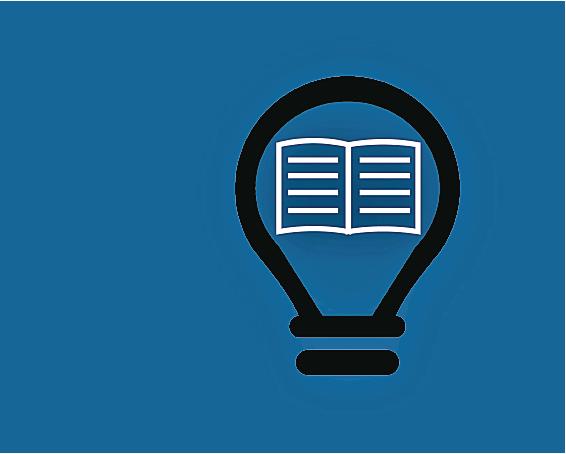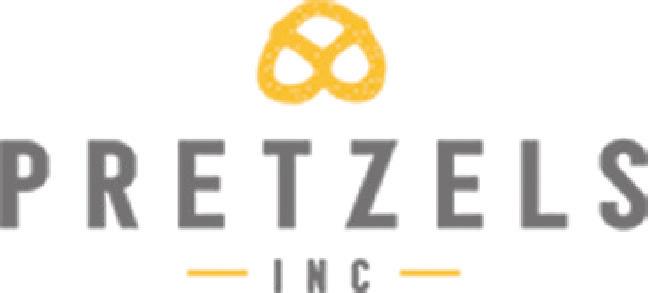
6 minute read
Cohesive Curriculum


Advertisement
One area of the Lawrence Public Schools’ strategic plan focuses on a cohesive curriculum with objectives to identify what students should know and be able to do Pre-12+, and to use instructional resources that honor and preserve students’ diverse cultural backgrounds.
“We want to make sure all students have access to consistent curriculum,” said Patrick Kelly, chief academic of cer. “Every content area is always in a state of review.”
The Curriculum, Instruction, and Assessment Team uses a multistep Curriculum Review Cycle. Staff review state standards, identify priority standards, develop, evaluate, and review curriculum; and evaluate instructional resources using the district’s Culturally the district’s Culturally Sustainable Resource Criteria Sustainable Resource Criteria tool.
The Team also develops The Team also develops a plan of professional a plan of professional development to support development to support effective teaching strategies and effective teaching strategies and to align curriculum, instruction, to align curriculum, instruction, and assessment. Building and assessment. Building administrators and professional administrators and professional teaching staff review data, set teaching staff review data, set goals, and adjust instruction to goals, and adjust instruction to support student learning.
“The function of a rigorous “The function of a rigorous curriculum is to raise the level curriculum is to raise the level of teaching so students are of teaching so students are prepared with 21st-century skills,” prepared with 21st-century skills,” said Denise Johnson, elementary said Denise Johnson, elementary curriculum director.
Each school develops Building Goals.















Join us in Baking!

APPLY TODAY
Pretzels-inc.com/careers
Night shifts available, 12 hour shifts 6pm-6am Work 3-4 days/week
Bakers starting at 17.50/hr for nights
Monthly Attendance bonus- starting at $350/mo EOE
Earn a Master of Arts in School Counseling
+ Maintain Employment with Evening Courses + Individual Attention from Expert Instructors + Accredited by the KSDE
RSVP for a Virtual Info Session stmary.edu/USD497
While balancing the time necessary for instruction, the district uses multiple assessments to track progress. Teachers use classroom assessments throughout the school year to gather evidence of student learning and guide adjustments in their instruction to meet student needs. The district works to align state and local assessments to better understand if students have had the opportunity to learn the required state standards, so they can demonstrate proficiency on the annual Kansas Assessment Program.
Find more information about district curriculum, instruction, and assessment at www.usd497.org/cia.
Aligning State, District, and School Goals
District and building administrators, teachers, and staff provide regular updates to the school board about each area of the strategic plan. The board also receives regular reports about Kansas Education Systems Accreditation (KESA), the state’s K-12 accreditation model.
The Kansas State Board of Education identified five goal areas believed to have direct impact on producing successful high school graduates. The KESA model focuses public schools on meeting these goals through redesign and continuous improvement. The five goal areas include: 1) Social-Emotional Factors Measured Locally, 2) Kindergarten Readiness, 3) Individual Plans of Study, 4) High School Graduation, 5) Postsecondary Success.
The district works with a Site Council and various advisory committees that advise the board and administration on identifying learning barriers, developing action steps, and establishing budget priorities.
Each school has a Building Leadership Team and Site Council that review data and establish Building Goals aligned to the district’s strategic plan. School staff meet in Professional Learning Communities to establish learning goals, review academic data, and identify interventions to meet students’ academic needs and socialemotional and behavioral goals.
Staff use a Comprehensive, Integrated, and Three-Tiered Model of Prevention (Ci3T). It identifies academic, social-emotional, and behavioral expectations, responsibilities, and procedures for teaching, reinforcing, and monitoring student progress. Each school’s Ci3T Team leads this work.
The Kansas Legislature recently passed legislation requiring public school districts to conduct formal needs assessments for school boards to review prior to approving annual budgets. Find the district’s needs assessment and school building goals online at www.usd497.org/ SchoolImprovement.
What’s New?


Lawrence Board of Education Policy requires the board to approve the schedule for periodic curriculum review, including all additions, deletions, or major alterations to the curriculum.
New Elementary English Language Arts Resource
Elementary students will have a new resource for English language arts (ELA) this year. The board last year approved the purchase of Benchmark Advance, to replace a discontinued resource, Reading Street. This K-5 ELA adoption followed a staff review of state guidance for supporting students with dyslexia, including using structured literacy instruction.
Structured literacy emphasizes the highly explicit and systematic teaching of all important components of literacy. These include foundational skills, such as decoding and spelling; and higher-level literacy skills, such as reading comprehension and written expression. Structured literacy also emphasizes oral language abilities essential to literacy development. These include phonemic awareness, sensitivity to speech sounds in oral language, and the ability to manipulate those sounds.
The review process that led to the purchase of the new ELA resource included a committee evaluation of 14 resources, a pilot of three resources by 18 teachers across three grade levels, and a district cost-benefit analysis. The board purchased Benchmark Advance on a six-year contract for $882,900 from the Student Materials Revolving Fund, supported by student fees.
Social and Emotional Learning Resource Pilot
In the spring of 2021, the district created a Social-Emotional Curriculum Review Team to begin the multistep process of researching, selecting, piloting, and ultimately, recommending to the board the purchase of a new social and emotional learning resource for K-12 students. Teachers and students across all grades, including Lawrence Virtual School classes, continue to use and review Character Strong. Some elementary classes pilot Second Step while select secondary classes explore the use of EduGuide. The administration expects to bring a recommendation to the board in the spring.
Social and Emotional Learning teaches concepts, such as selfawareness, self-management, social awareness, relationship skills, and responsible decisionmaking. Instruction also focuses on supporting students in developing skills, such as emotion regulation, and character traits, such as respect and responsibility. Ask your student what skills they have practiced at school.





